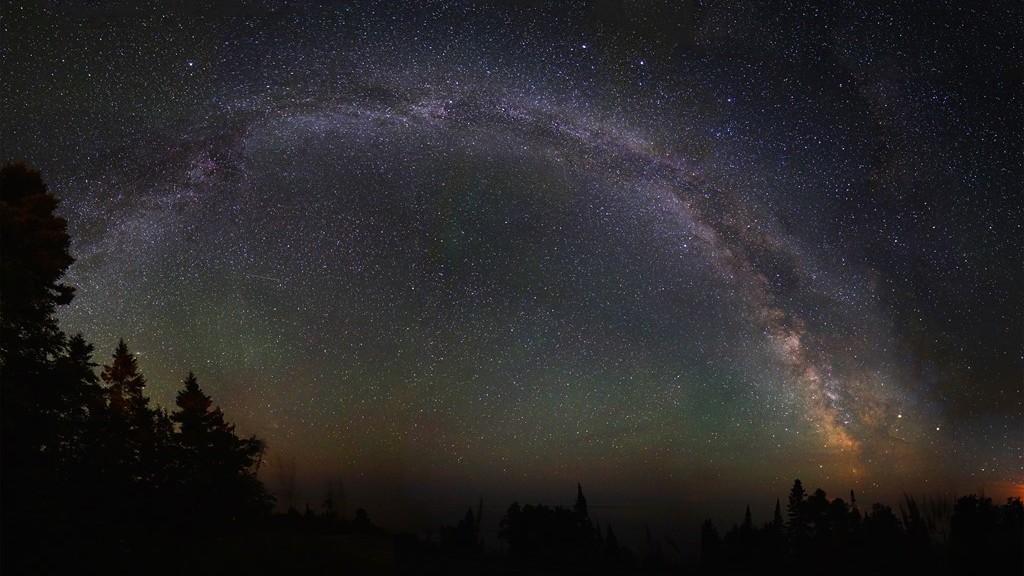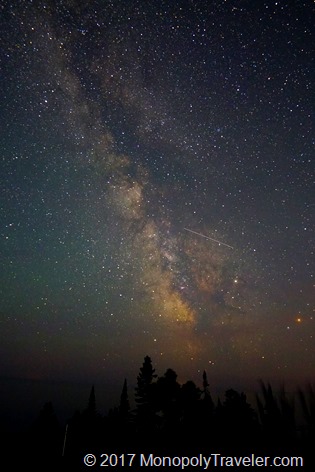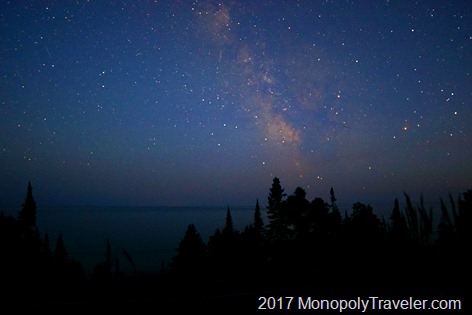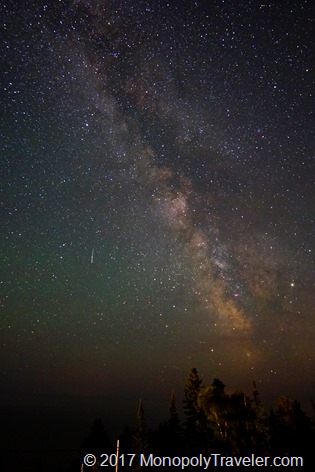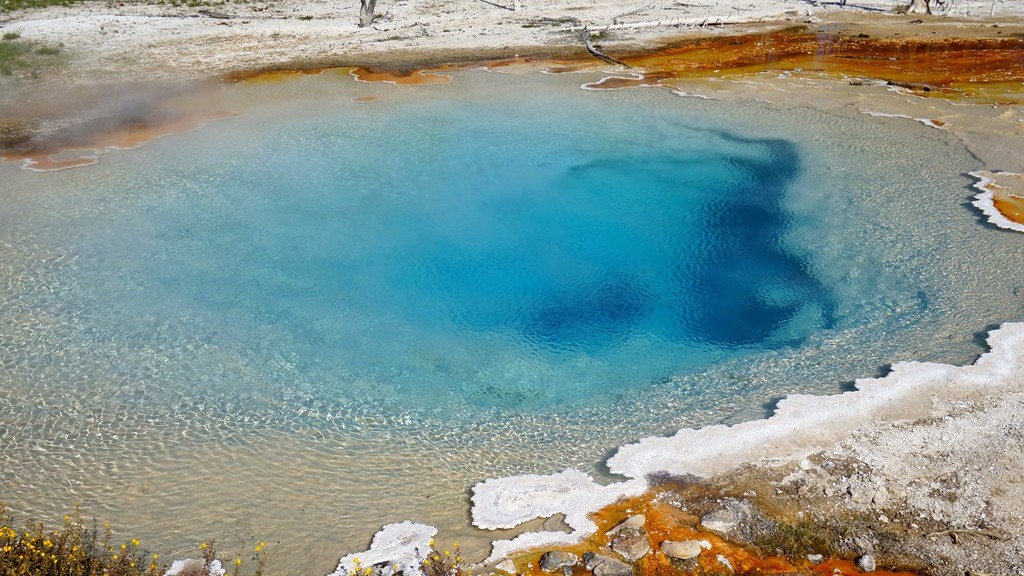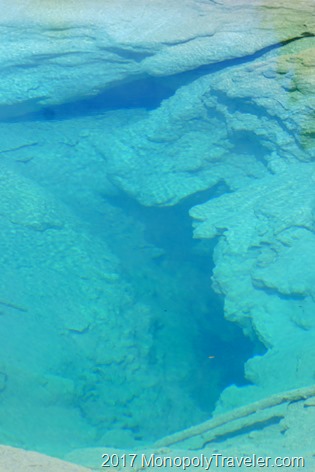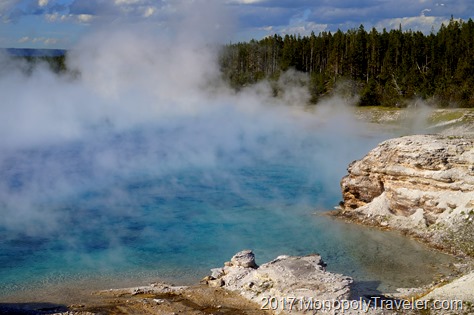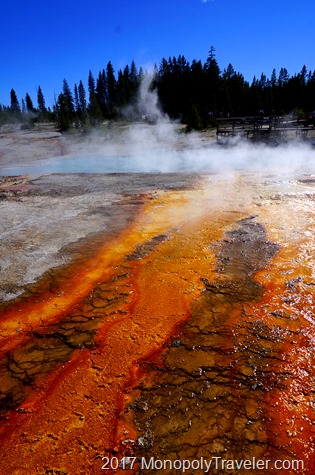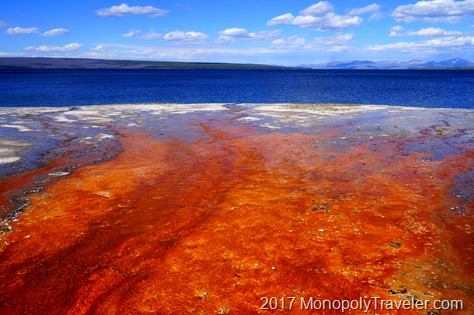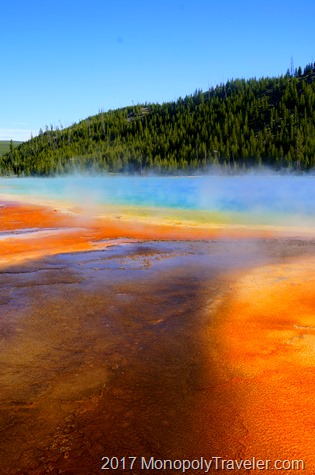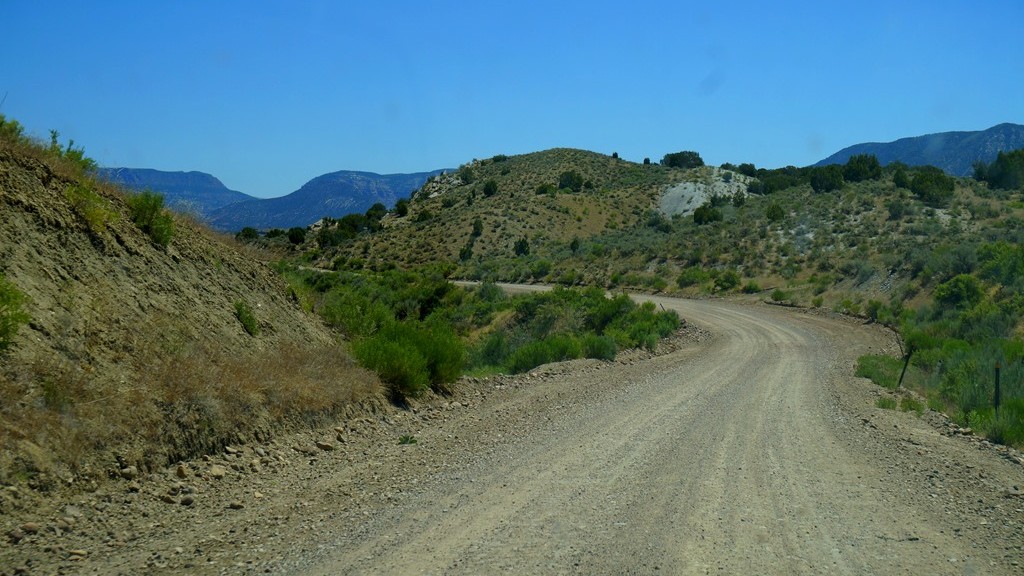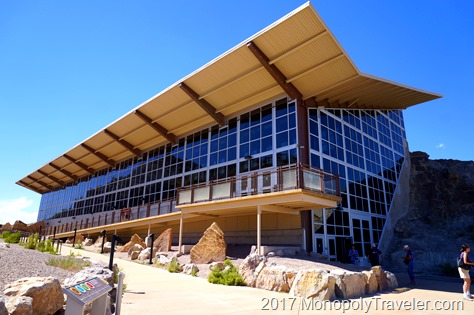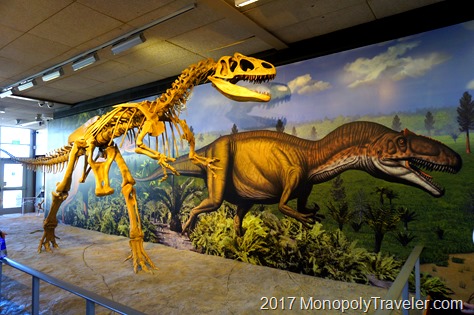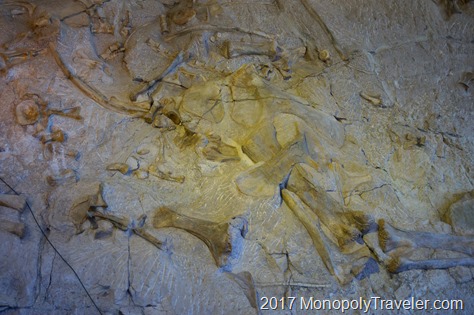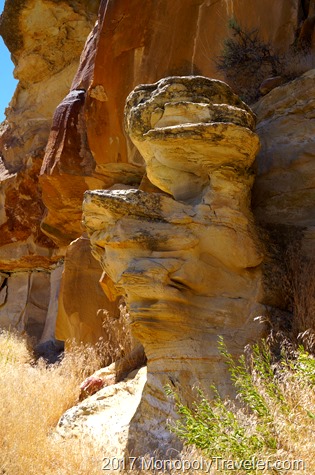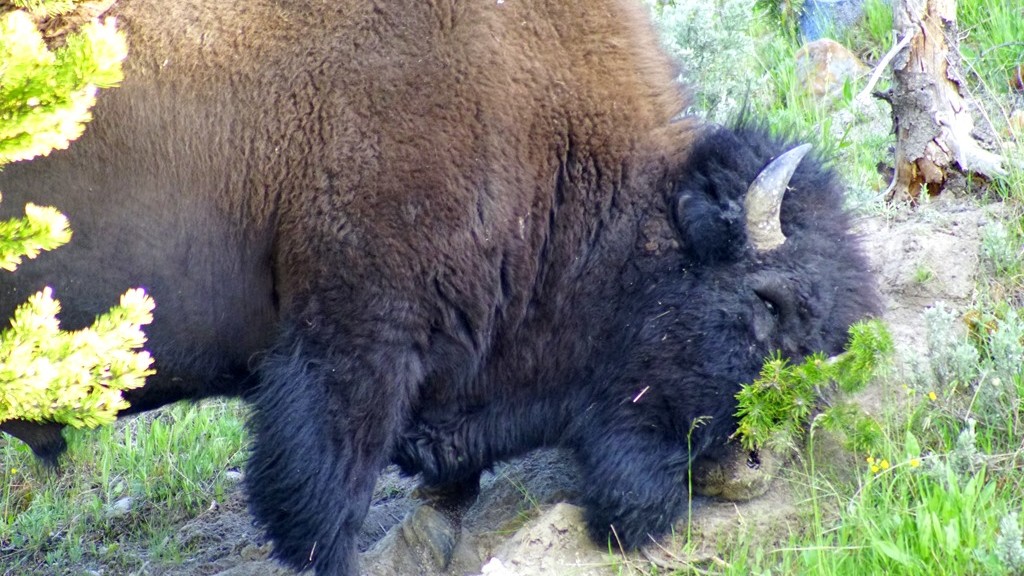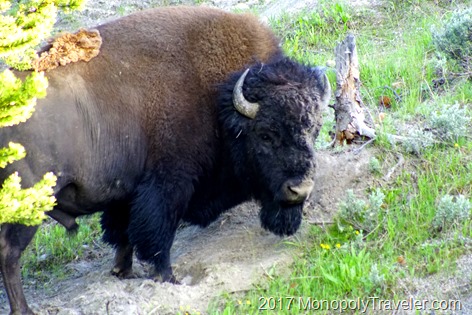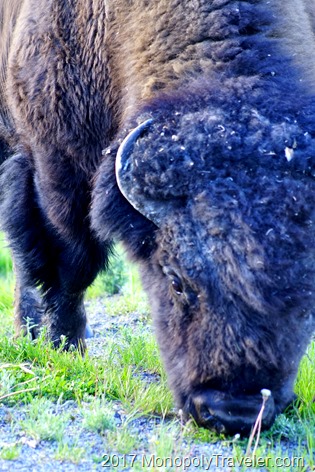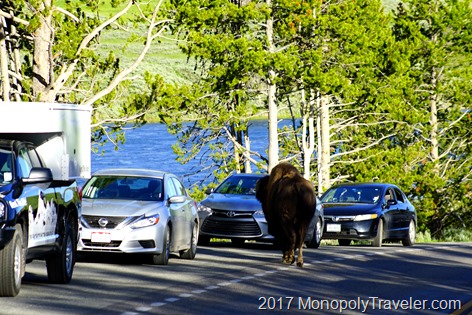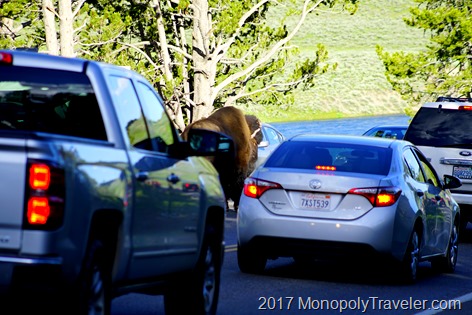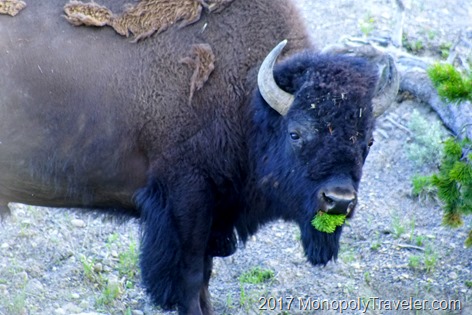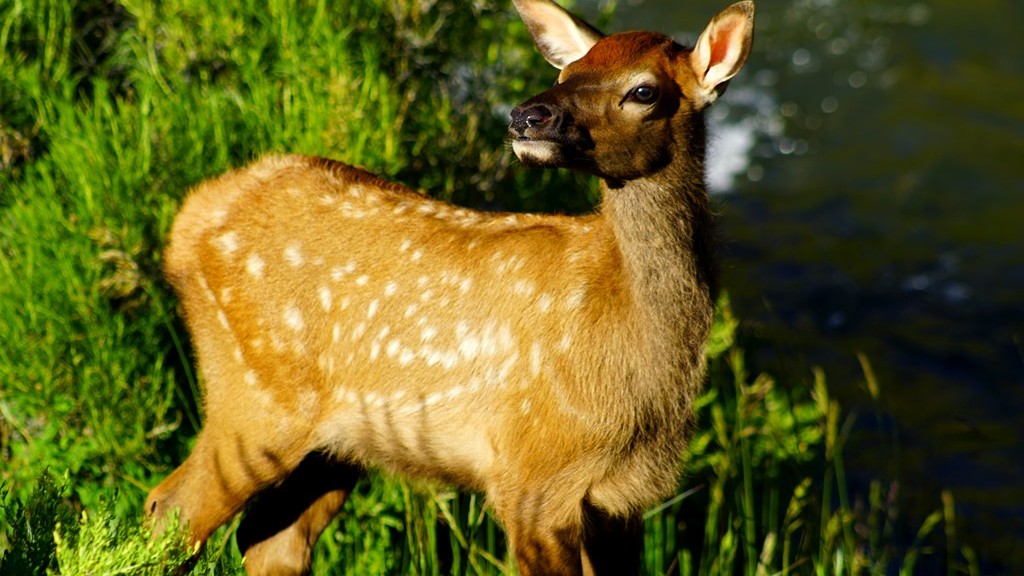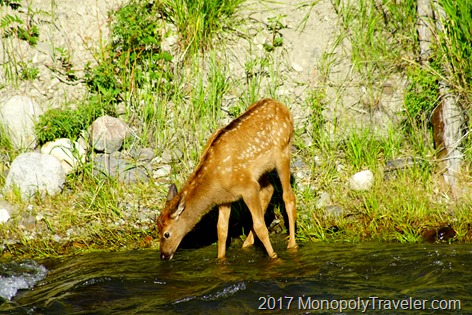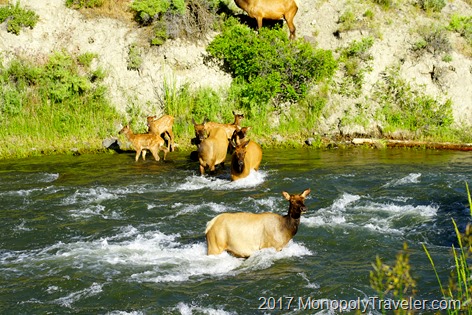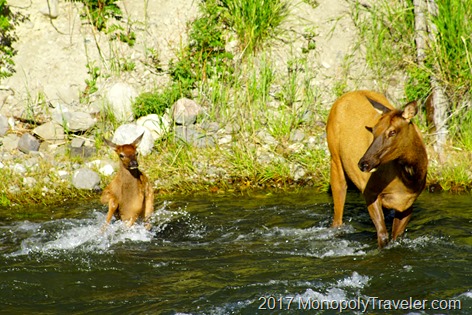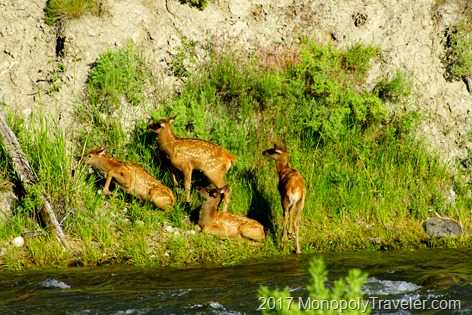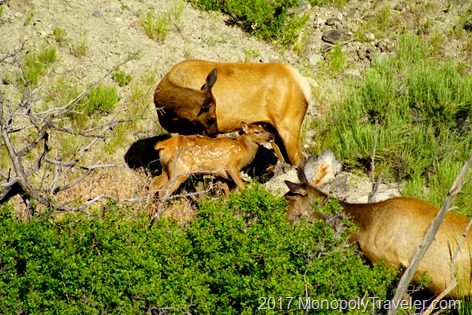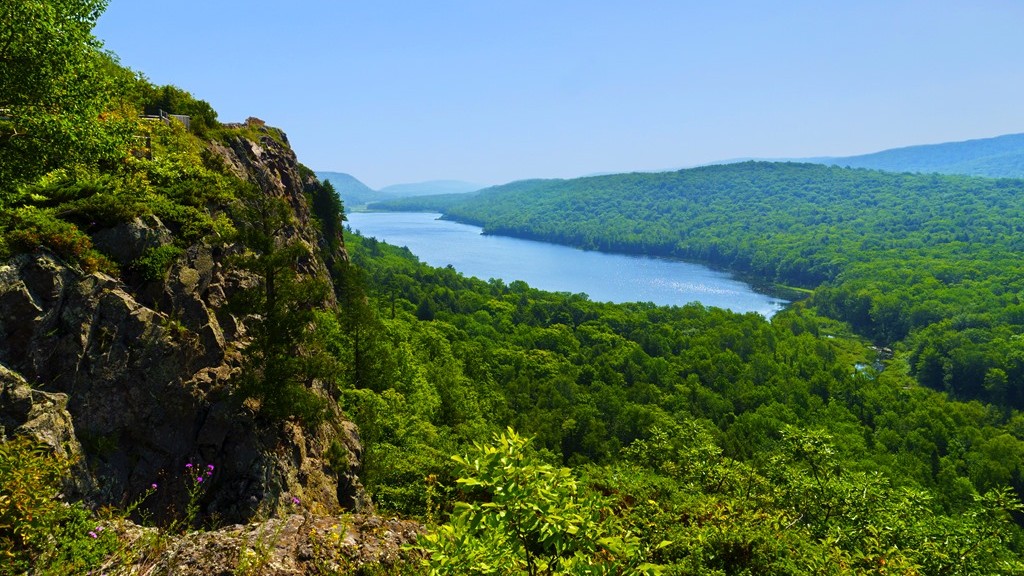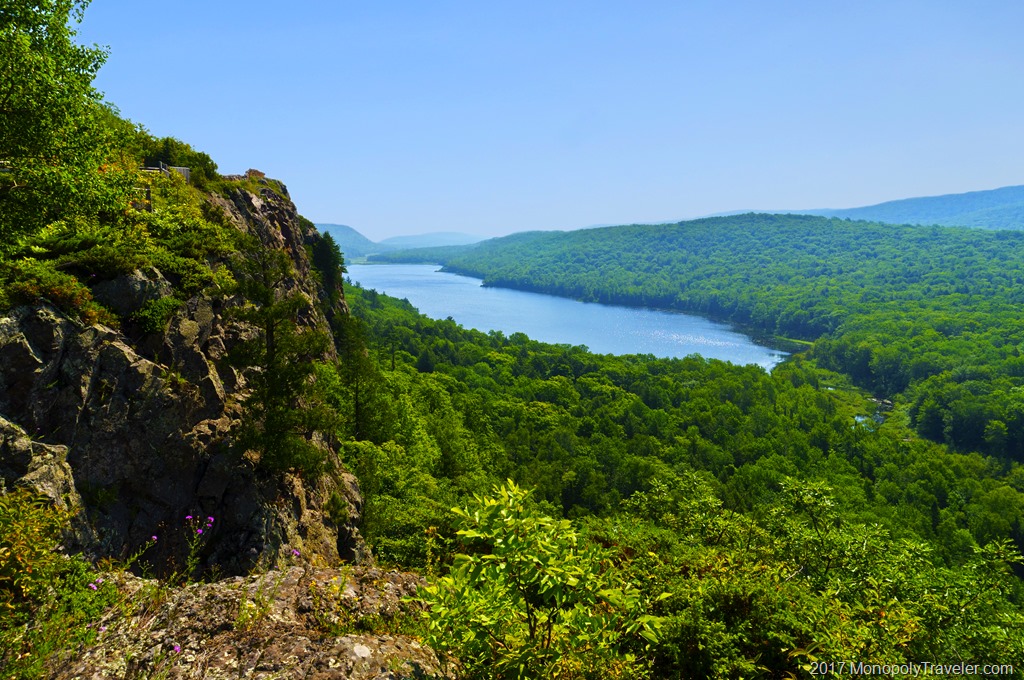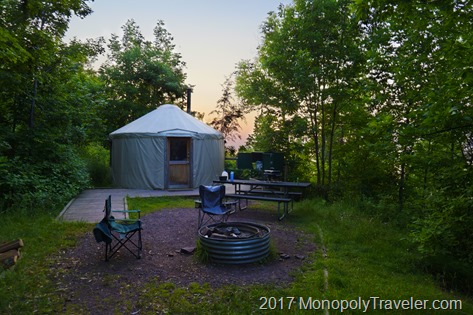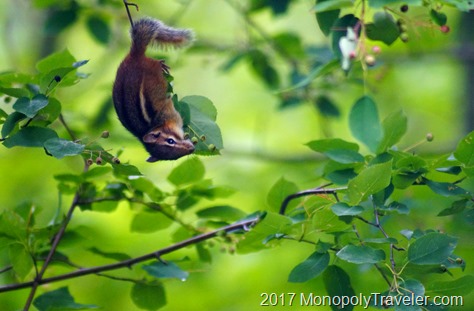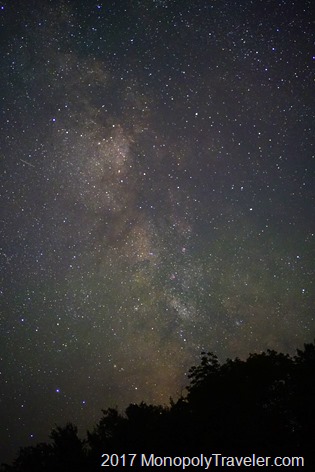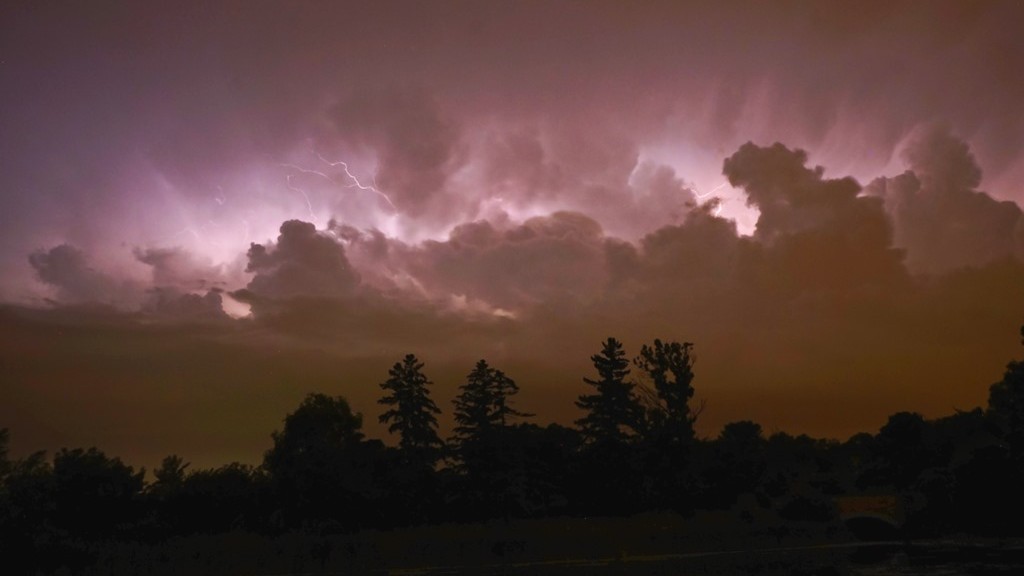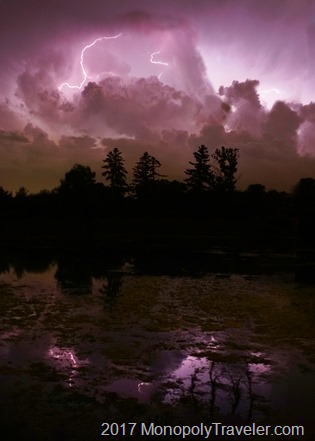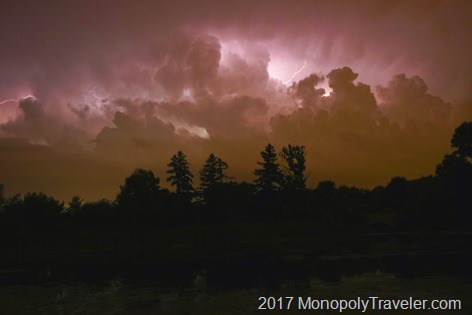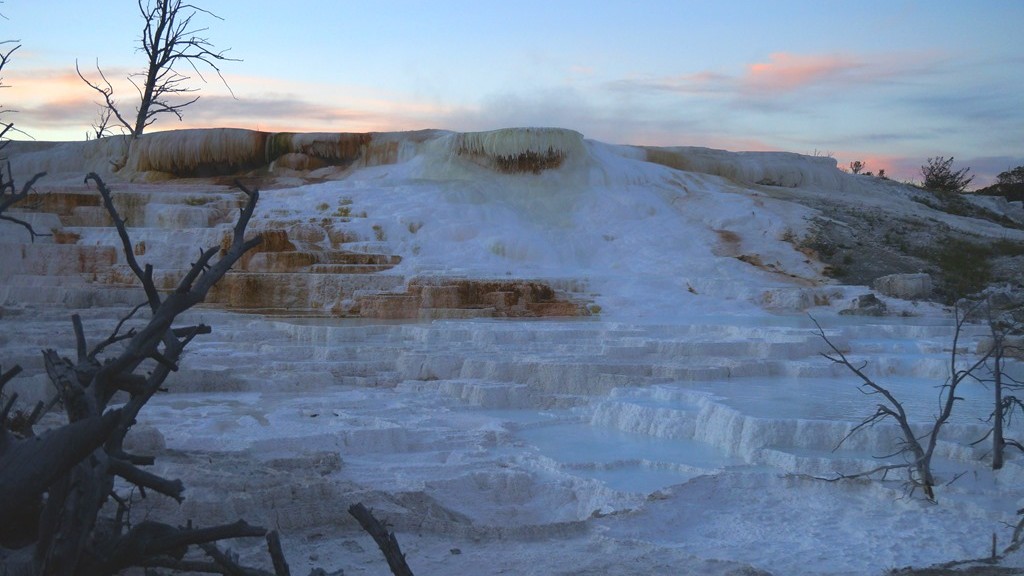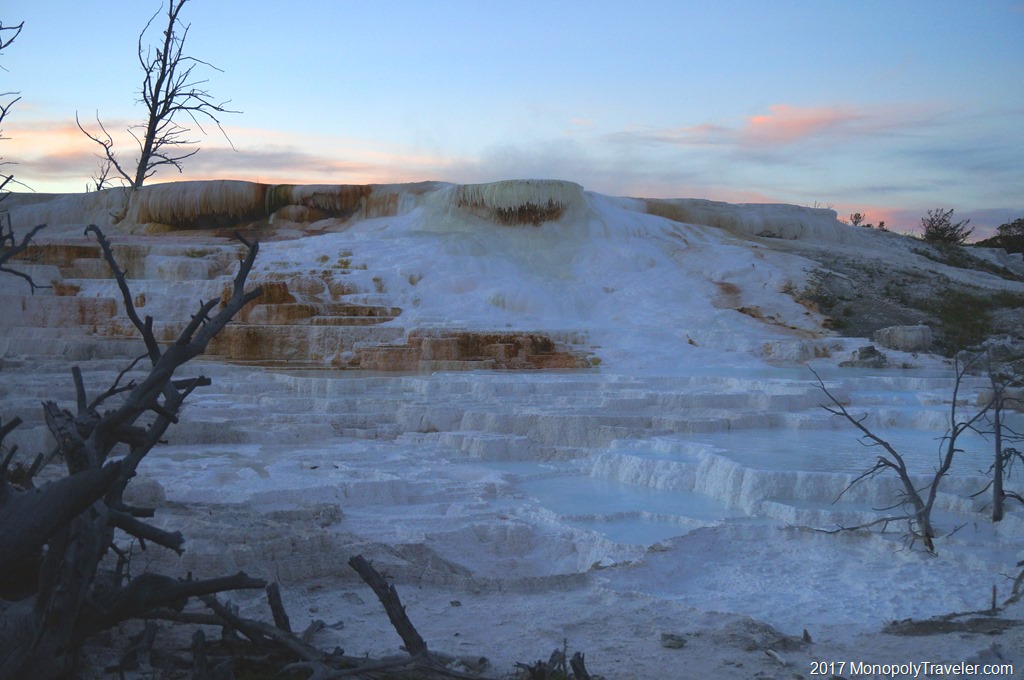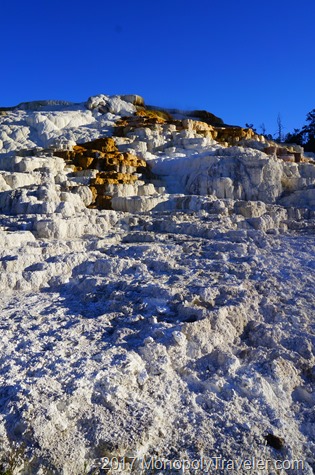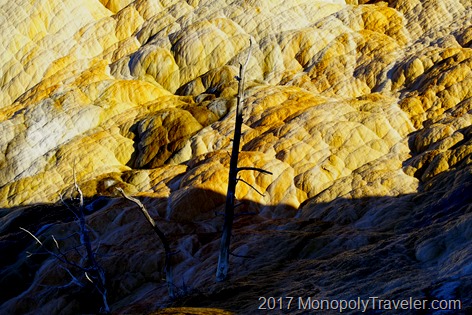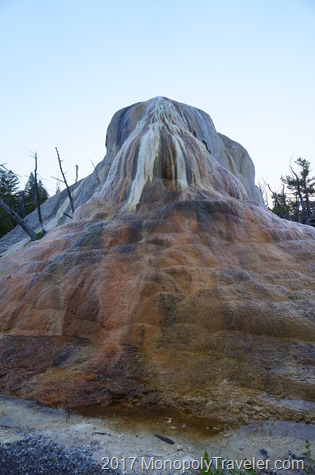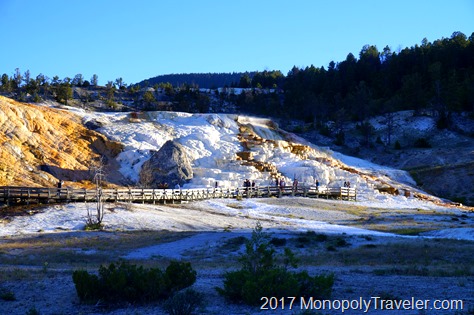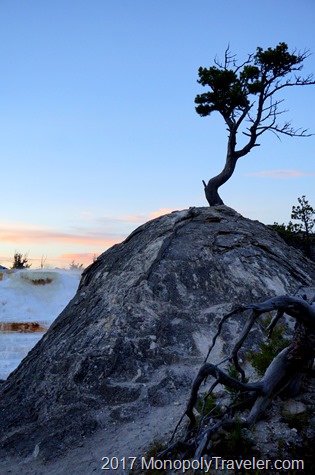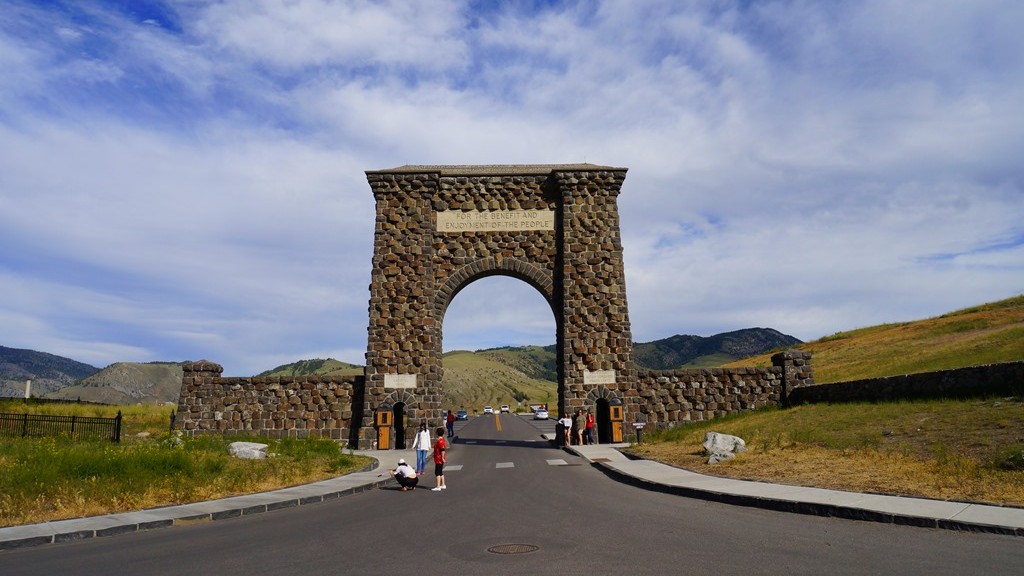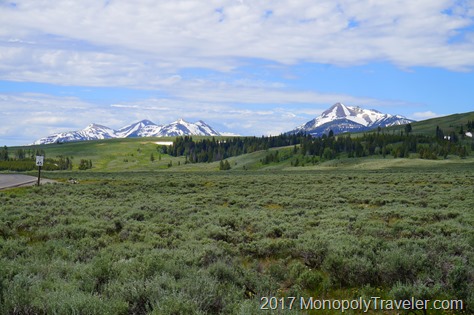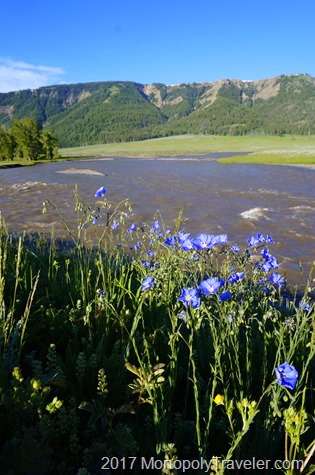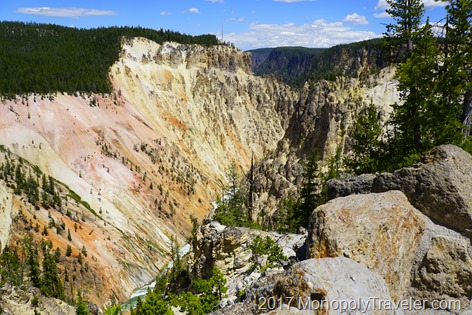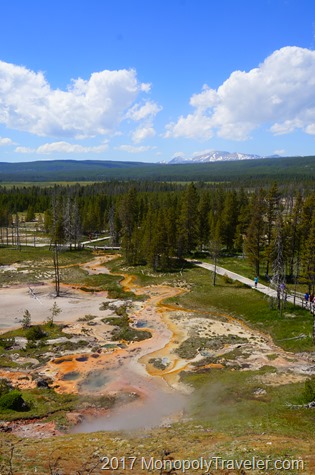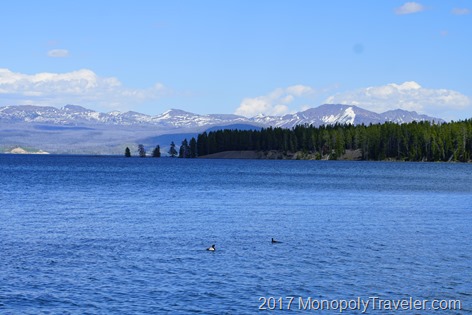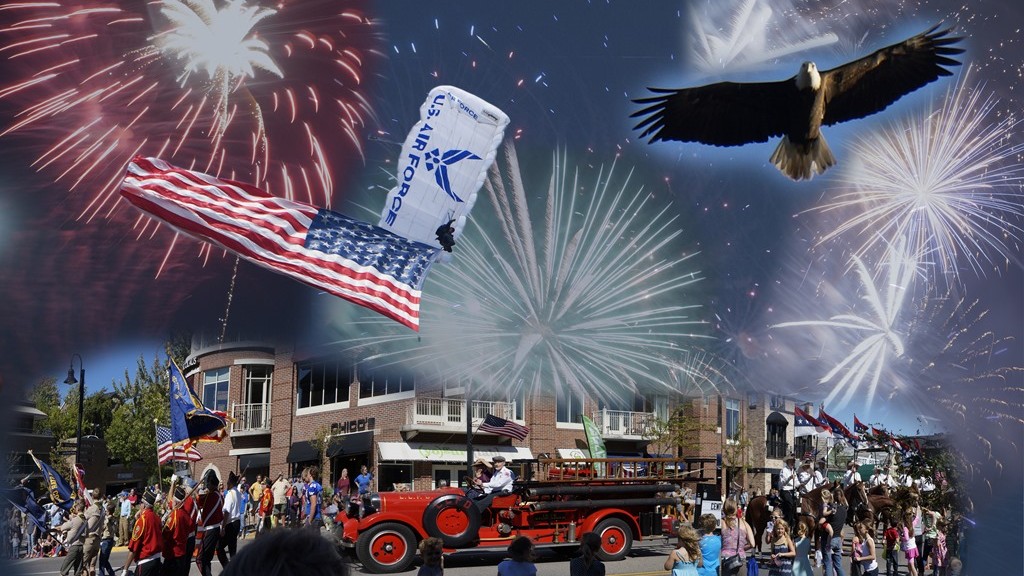A few weeks ago the Perseid meteor shower was expected to peak providing a possible meteor every minute burning through the night sky. For the best viewing, the darkest sky possible is required so we took a road trip to the North Shore of Minnesota and settled in for a great, however short, astronomical show as a near full moon would be rising about an hour after total darkness descended across the horizon. As the sky grew increasingly dark I worked the camera to capture this annual event. Yes, the Perseid meteor shower occurs every summer near the beginning of August.
While taking in the meteors buzzing across the blackened sky I wanted to make another attempt at photographing the Milkyway as I’ve spent some time earlier in the summer trying to get a photo showing the arc produced across the sky by the Milkyway if there is enough darkness. Finally I successfully accomplished that with a photo that shows some of the amazing colors available in the night sky with the help of distant northern lights glowing on the horizon and a few city lights off in the distance.
While photographing the Milkyway, many of these photos caught a meteor or two and sometime more streaking across the sky. They may be a little difficult to see in these photos but if you look hard enough, especially in the one directly above here, you can see them. I can see as many as four in the photo just above but the sky is a little too bright to make them out easily. Unfortunately the best ones were not caught by my camera. There were a few that crossed almost the entire visible night sky leaving a trail of light for more than a second. In what seemed like a matter of minutes the moon began rising lighting up the whole star filled sky making it much more difficult to see these meteors however the brightest ones still left a bolt of light as they flew through the universe. While this may not produce the same excitement as a total solar eclipse it is still worth trying to view on a nice summer night. Just be prepared for mosquitoes if they exist where you are.

